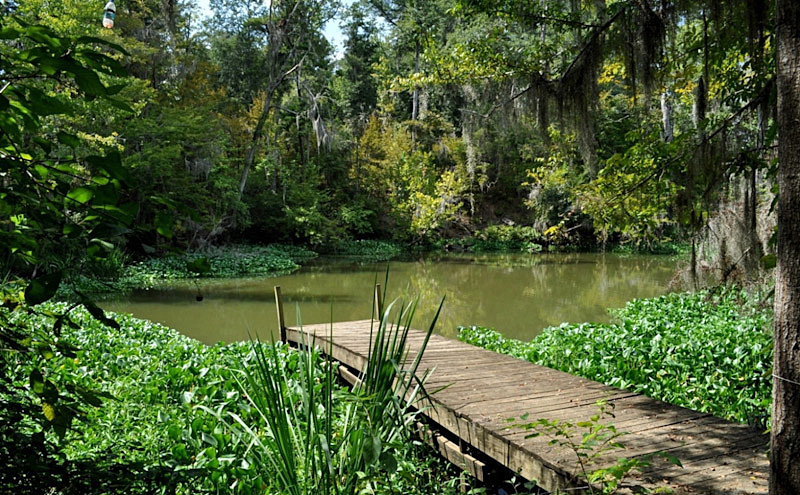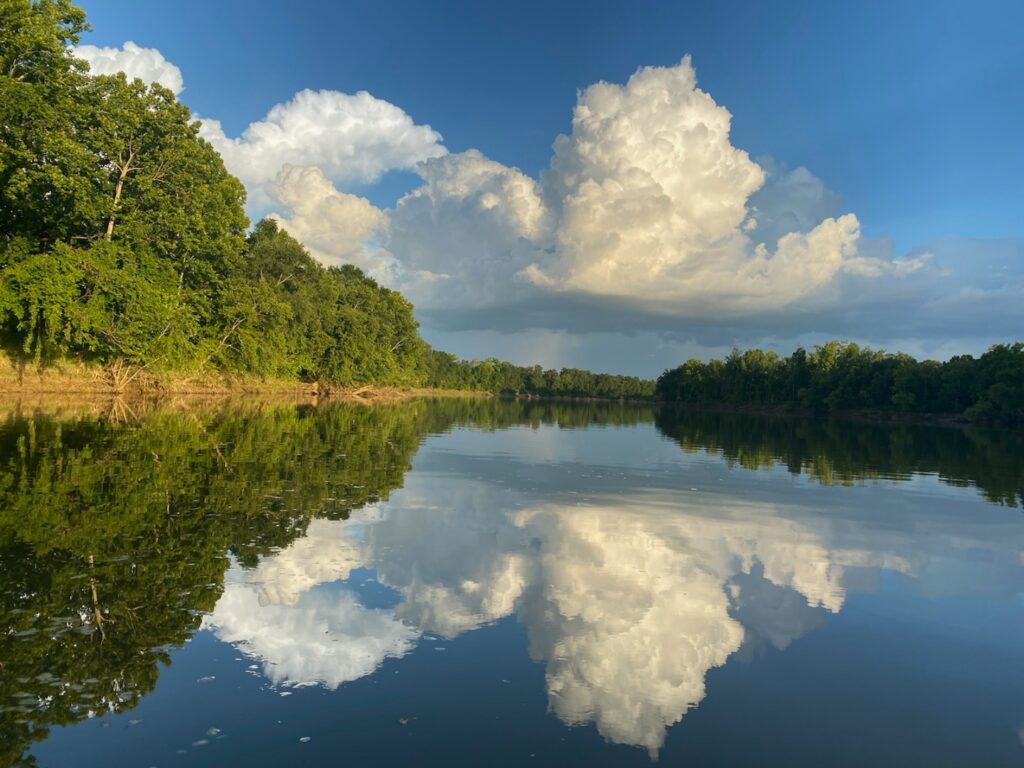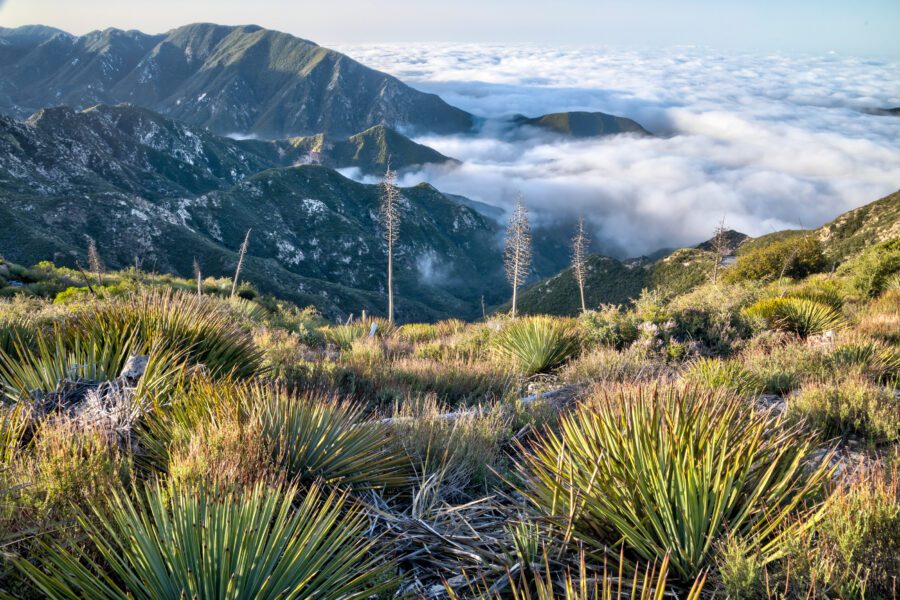By Destiny Williams, Partnership Coordinator, Alabama River Diversity Network (TCA 2024-26 Confluence Program grantee)
In the heart of Alabama, amidst the rich soil and history of the Black Belt Region, lies a landscape brimming with untold stories and ecological wonders. The term “Black Belt” in America refers to a region historically characterized by its dark, fertile soil. While the Black Belt spans across several states in the southeastern United States, including parts of Mississippi, Alabama, Georgia, and South Carolina, its significance is particularly pronounced in Alabama. What sets the Alabama Black Belt apart is its rich history, diverse culture, and ecological importance, ranking amongst the top five states for biodiversity in the US. From its lush forests to its meandering waterways, this landscape harbors a wealth of plant and animal species, each playing a vital role in maintaining the delicate balance of ecosystems far beyond its borders.
Despite its undeniable significance, this region has often grappled with the harsh realities of disturbance, exploitation, and neglect. The biodiversity crisis in Alabama threatens the very existence of these precious resources across the country, placing numerous species at risk of extinction. Last fall the US Fish and Wildlife Services delisted 21 species, a number of which lived in Alabama, from the Endangered Species Act due to extinction.
For nearly two decades, community members and organizations have championed the cause of conservation in the Black Belt Region. The establishment of the Alabama Black Belt Heritage Area Task Force in 2004 marked the beginning of a concerted effort to preserve the region’s cultural, historical, and natural assets. Despite initial setbacks, their perseverance bore fruit with the designation of the Alabama Black Belt National Heritage Area through the National Heritage Area Act on January 5, 2023.
With designation secured, attention has turned to crafting a comprehensive management plan to guide the future of the Black Belt Region. Leveraging federal funds of up to $1 million annually, the University of West Alabama’s Center for the Study of the Black Belt and grassroots leaders are spearheading efforts to develop a National Park Service approved management plan that prioritizes preservation, conservation, and sustainable development initiatives. This includes the creation of green spaces that not only safeguard wildlife habitats but also provide recreational and educational opportunities for communities across the region.

Partnering with over 25 grassroots organizations, government agencies, and NGOs, the Alabama River Diversity Network (ARDN) is a growing collaborative that is focused on reclaiming and revitalizing the Alabama River corridor with special attention to the Black Belt area. The organization has identified five potential sites across five counties—Lowndes, Perry, Dallas, Montgomery, and Wilcox—that embody the region’s rich heritage and ecological significance. These sites, ranging from historic landmarks to biodiverse ecosystems, represent the convergence of past and present, where stories of resilience and renewal intersect. From the site of the Selma to Montgomery Voting Rights March to the banks of the Alabama River, each location holds a unique tale waiting to be told. With the support of The Conservation Alliance’s Confluence Program, ARDN and its partners aim to improve public land use within this five county area, laying the groundwork for a holistic Alabama River conservation plan that takes into account the cultural and historical aspects of the landscape as core components to protecting biological diversity.

ARDN is committed to ensuring that Alabamians are leading voices and primary beneficiaries of conservation efforts across the Alabama River Region, thus empowering them to shape the future of their land and reap the rewards of its stewardship. This vast region, encompassing over 7 million acres across 25 counties in Alabama, possesses profound historical significance and ecological richness. Here, fostering deliberate efforts to cultivate collaborative partnerships and facilitate transformative dialogue has the potential to pave the way for a sustainable future for generations to come.
As we embark on this journey of preservation and renewal, let us not forget the importance of our collective responsibility to protect and cherish the natural and cultural treasures of the Black Belt Region. Together, we can forge a path towards a future where the Alabama River Corridor thrives as a beacon of resilience, diversity, and hope for all.
To learn more about the conservation efforts in the Black Belt Region and how you can get involved, visit the Alabama Black Belt Heritage Area website and the ARDN website.




